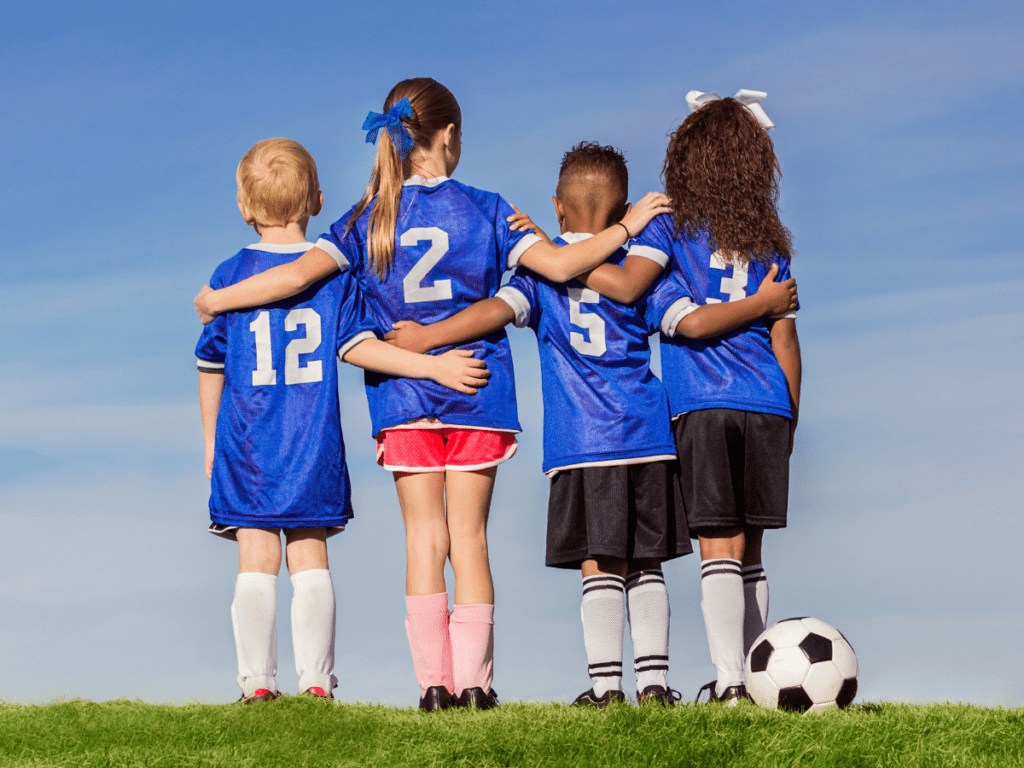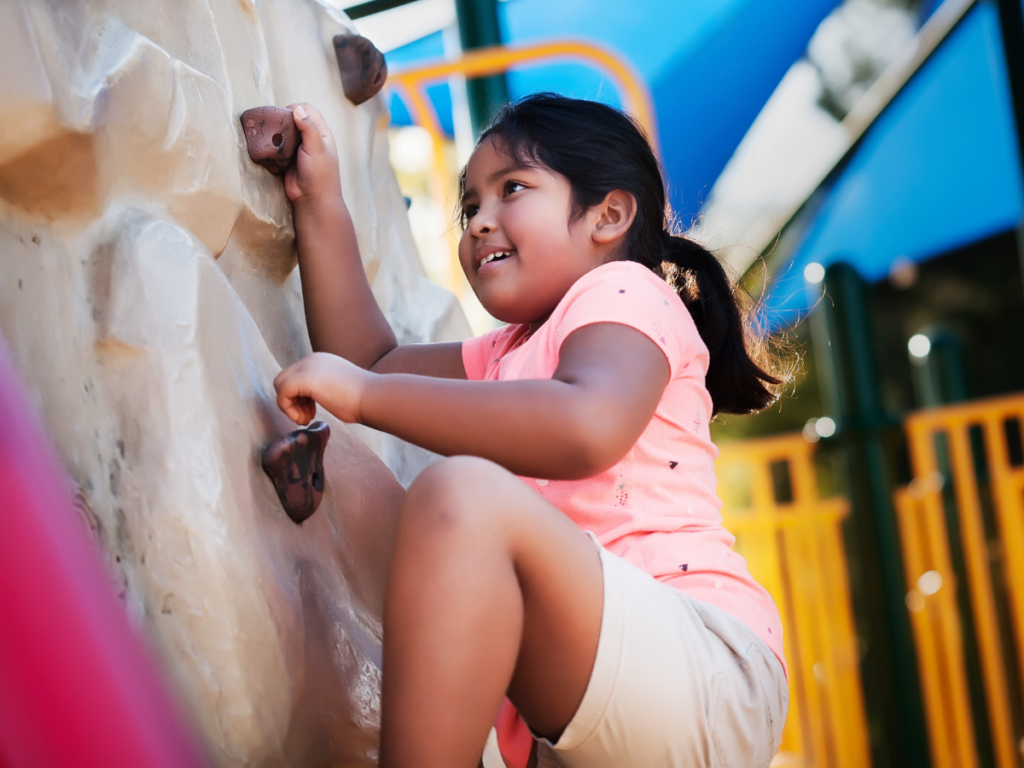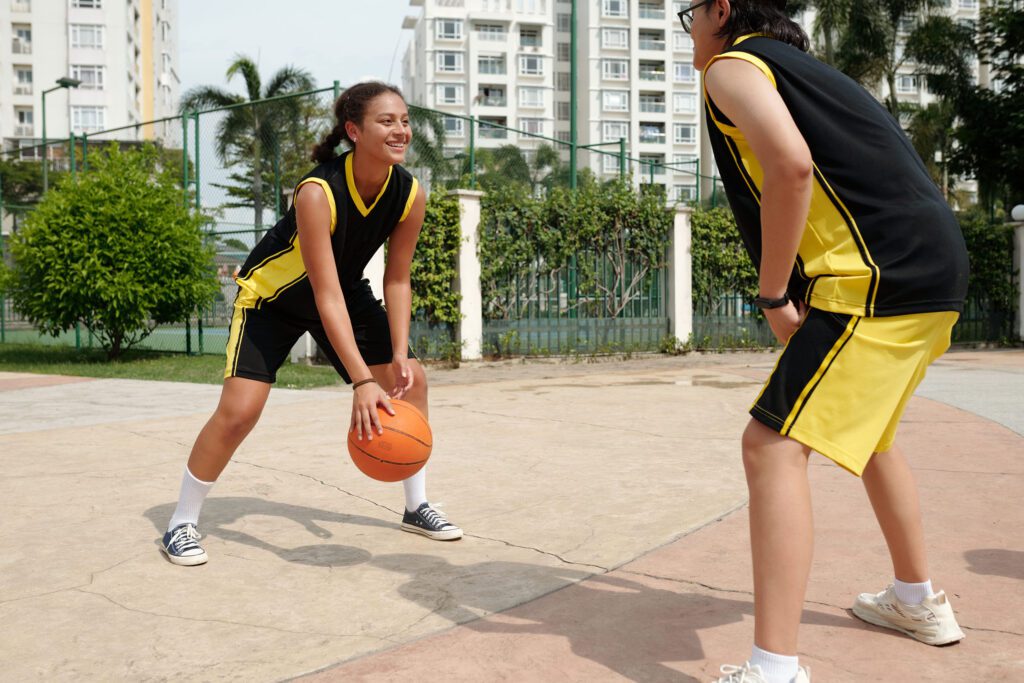Survey on participation in amateur soccer in Canada

Project abstract In general, sport is seen as a powerful contributor to social and personal development (Sport Canada, 2002). The benefits of physical activity and sport have been the subject of numerous studies (Gendron et al., 2005; Parfitt & Eston, 2005). Nonetheless, the number of young North Americans who play sports has been decreasing for…
Demonstration effects
While many bids for the hosting of major sport events include increased sport participation as an expected outcome, researchers argue there is no reliable evidence for a “demonstration effect” through which citizens are inspired by elite sport, sports people, or sports events to participate themselves. In the SIRCuit, Dr. Luke Potwarka suggests demonstration effects do…
Exercise as therapy
Individuals living with two or more chronic conditions – known as multimorbidity – might need to reconsider their prescriptions. A review of the literature suggests exercise therapy can be safe and beneficial for their physical and psychosocial health, and has a lower risk of negative side effects compared to pharmacological treatments.
Esports and Cycling: A Match to Stand the Test of Time

On December 9, 2020, the inaugural UCI Cycling Esports World Championships will be hosted on Zwift. For more information on following the Canadian team at this event, and Cycling Canada’s multi-platform virtual cycling calendar for the 2020/2021 winter season (including all-level group rides and public races!) click here. Esports have experienced a meteoric rise in…
Effective infographics
The Valley Female Leadership Network in Nova Scotia created an infographic to help make case for investment in girls and women’s participation and leadership in sport and physical activity. Reflecting on their experience, they advise: “You may find you have too much information but that’s okay, you can always create more than one infographic!” Learn…
Corporatizing sport for aboriginal girls: Connecting corporate social responsibility, the ‘Girl Effect’ and aboriginal-focused sport, gender and development programs

Project Summary This study explored how urban Aboriginal young women understand and experience their participation in a sport for development (SFD) program administered by the Vancouver Aboriginal Friendship Society Centre (VAFCS); and investigated how corporate funding and involvement in the VAFCS SFD program impacted targeted beneficiaries. The three specific objectives of the research were: To…
Kids and hiking
The mention of a hike can elicit groans, whining, and protests from children and youth. According to Outside magazine contributor Rachel Walker, tips to get your kids on the trails include choosing an interesting trail, giving them responsibilities, inviting their friends, and not skimping on snacks. However, perhaps most importantly, don’t call it “hiking”!
Changing attitudes towards people living with a disability
Integrated physical activity programs for individuals with intellectual and developmental disabilities not only offer benefits for participants, they can also influence the attitudes and behaviours of others. Learn how the APEX program is impacting support workers, program volunteers, and other members of the University of Windsor community, in the SIRCuit.
Match Grant success story
Researchers at the University of Alberta partnered with JumpStart Charities to evaluate the reach and impact of the Keeping Girls in Sport online module. Survey findings demonstrated some interested uptake patterns, and reinforced the value of the program for increasing awareness and know-how to create positive sport environments for girls. Applications for the 2020/2021 SIRC…
The (re)making of the Hobbema Community Cadet Corps Program

Project Summary In 2005, the Royal Canadian Mounted Police (RCMP) helped launch a unique afterschool program among the four Cree Nations of Maskwacis (formerly Hobbema), Alberta. The program, known as the Hobbema Community Cadet Corps Program (HCCCP), was widely celebrated among politicians, segments of the community, and especially in the mainstream media as an effective…